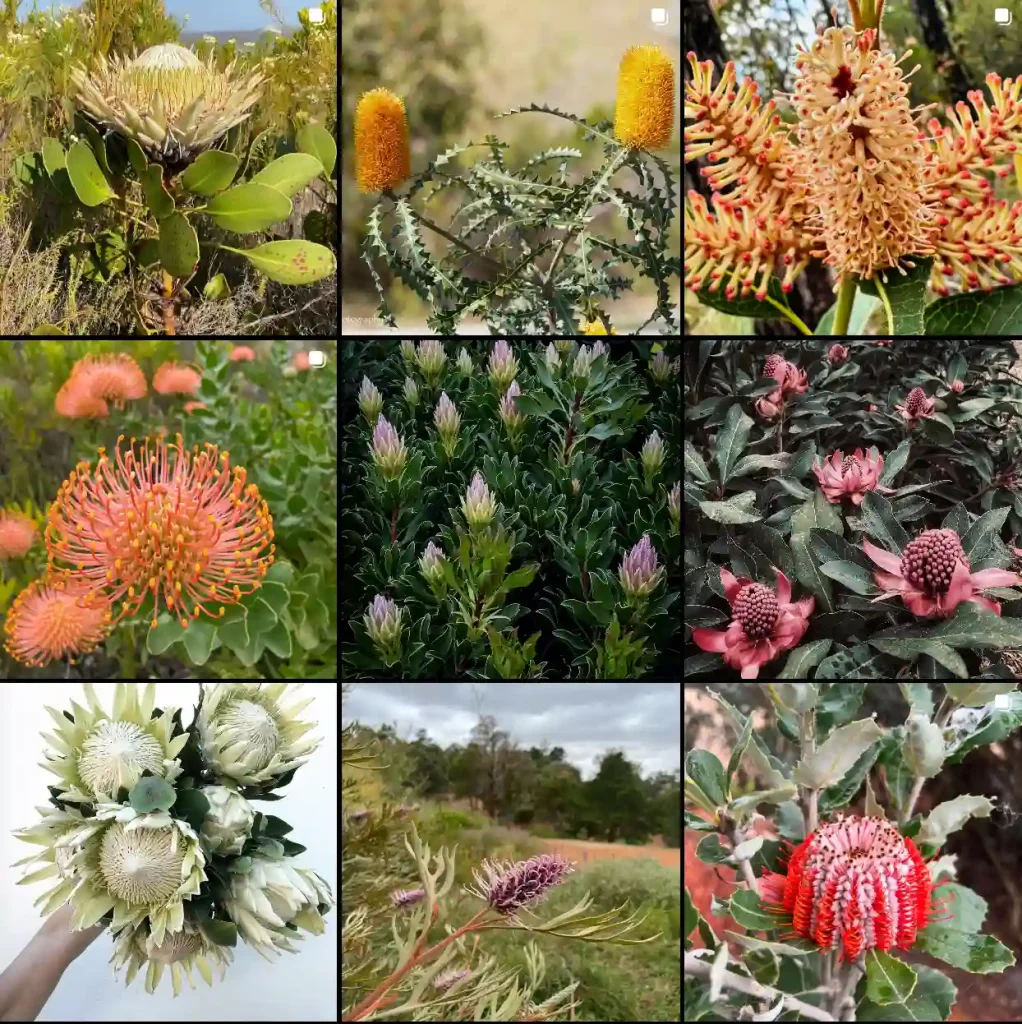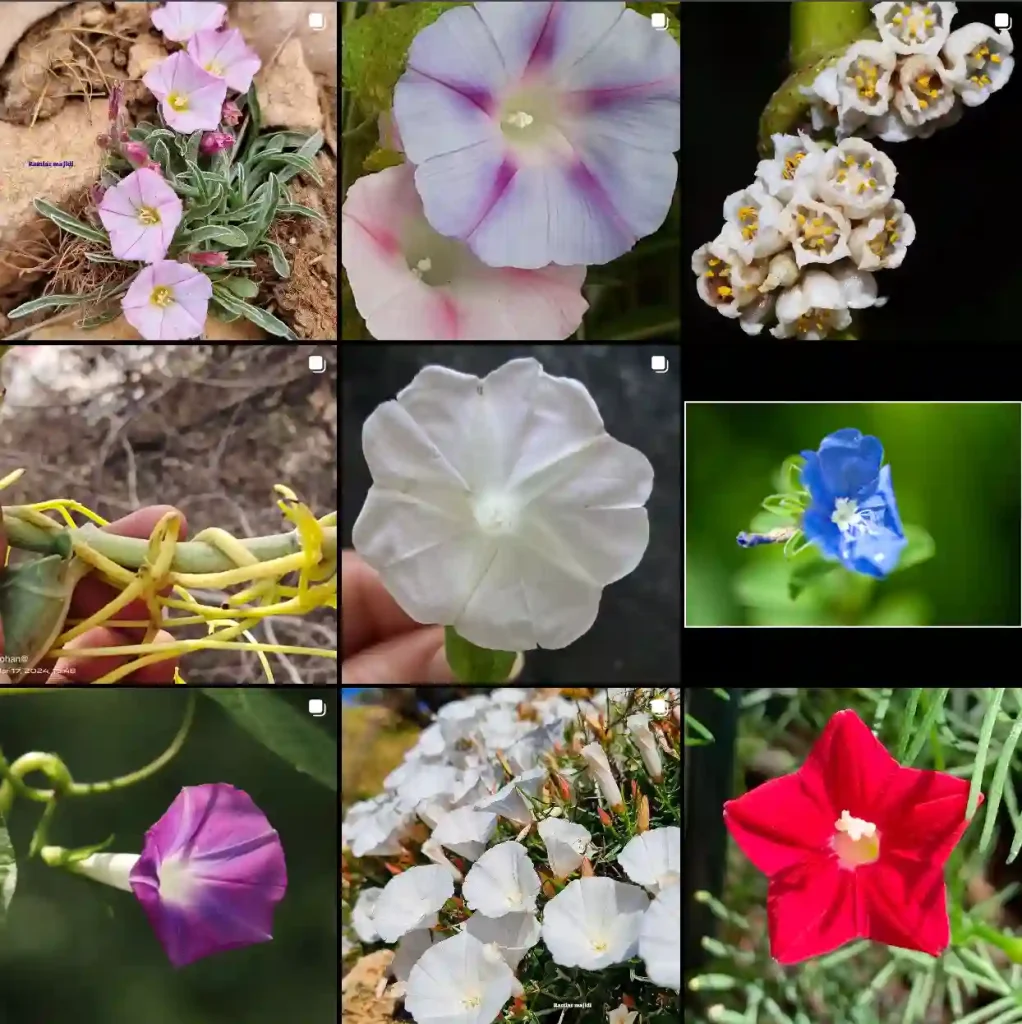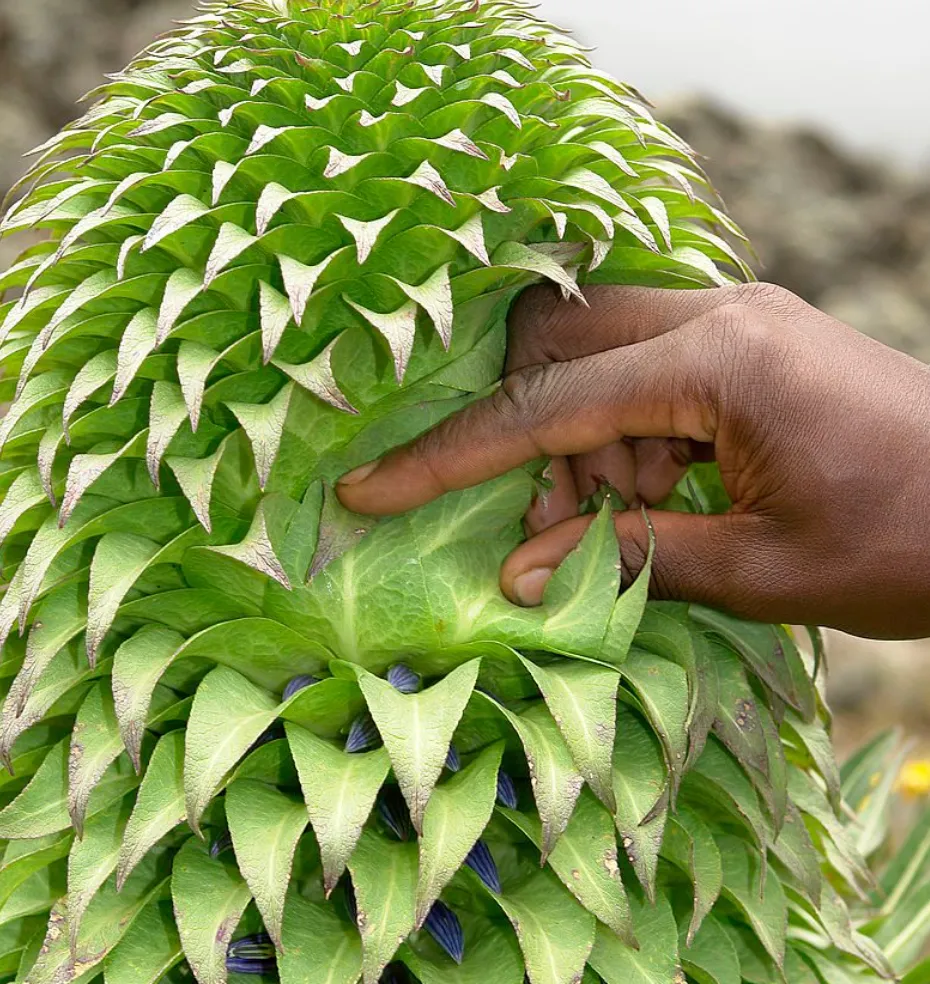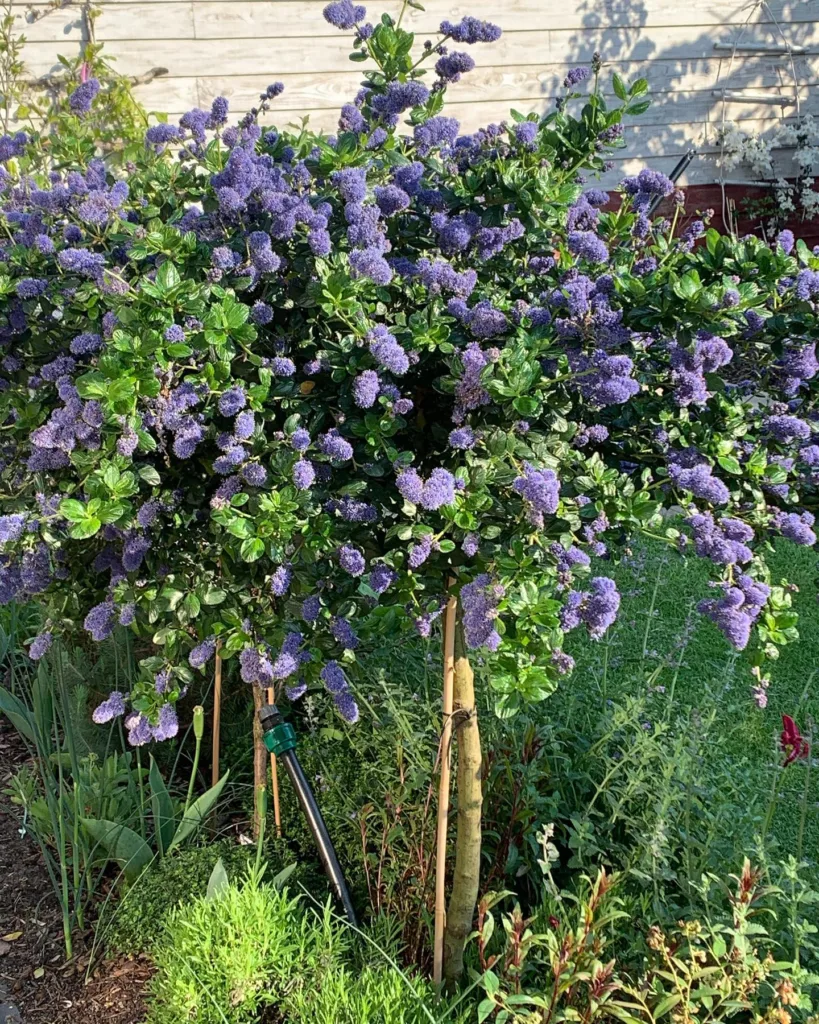Exploring the Didymochlaenaceae Family: A Fascinating Journey
As a plant enthusiast, I am constantly exploring different families and genera, and one that has particularly piqued my interest is the Didymochlaenaceae family. This unique group of ferns, often overlooked in discussions about the broader world of plants, offers a rich tapestry of biodiversity and beauty. In this article, I’ll share my insights into the Didymochlaenaceae family, focusing on the Didymochlaena genus and its significance in both ecology and horticulture.
The Didymochlaenaceae Family: An Overview
The Didymochlaenaceae family is relatively small, but it holds a special place in the ecosystem. This family is primarily known for its unique characteristics and adaptations, particularly in tropical environments. I find it fascinating how these plants have evolved to thrive in specific conditions, showcasing nature’s incredible diversity.
Key Features
One of the most striking features of the Didymochlaenaceae family is its distinctive fronds. The leaves are often large, with a unique texture that can vary from glossy to matte. This variation in leaf structure helps these plants adapt to different light conditions, a fact I find particularly intriguing.
The plants in this family also exhibit a range of growth habits, from upright to creeping forms. This adaptability makes them suitable for various garden settings, whether in a shaded area or as part of a tropical plant collection. I’ve seen Didymochlaena plants used successfully in both indoor and outdoor environments, highlighting their versatility.
The Didymochlaena Genus
The main genus within the Didymochlaenaceae family is Didymochlaena. Known commonly as the shovel fern, Didymochlaena species are characterized by their distinctive fronds that resemble the shape of a shovel or spade. This unique shape not only adds to their aesthetic appeal but also plays a role in how they interact with their environment.
Didymochlaena Species
- Didymochlaena alpina Li Bing Zhang & H.Shang
- Didymochlaena amazonica Li Bing Zhang & H.Shang
- Didymochlaena attenuata (Bonap.) Li Bing Zhang & H.Shang
- Didymochlaena bipinnatipartita (Bonap.) Li Bing Zhang & H.Shang
- Didymochlaena cameroonensis Li Bing Zhang & H.Shang
- Didymochlaena comorensis Li Bing Zhang & H.Shang
- Didymochlaena cubensis Li Bing Zhang & H.Shang
- Didymochlaena deltoidea Li Bing Zhang & H.Shang
- Didymochlaena dimidiata Kunze
- Didymochlaena fijiensis Li Bing Zhang & H.Shang
- Didymochlaena madagascariensis Li Bing Zhang & H.Shang
- Didymochlaena mesoamericana Li Bing Zhang & H.Shang
- Didymochlaena microphylla (Bonap.) C.Chr.
- Didymochlaena oceanica Li Bing Zhang & H.Shang
- Didymochlaena philippensis Li Bing Zhang & H.Shang
- Didymochlaena punctata Li Bing Zhang & H.Shang
- Didymochlaena sinuosa Desv.
- Didymochlaena solomonensis Li Bing Zhang & H.Shang
- Didymochlaena spinulosa (Brause) Li Bing Zhang & H.Shang
- Didymochlaena truncatula (Sw.) J.Sm.
Ecological Importance
The Didymochlaenaceae family, particularly through the Didymochlaena genus, plays a vital role in its native ecosystems. These ferns contribute to the understory of tropical forests, providing habitat and food for various wildlife. I appreciate how these plants are not just beautiful; they are essential components of their ecosystems.
Habitat and Growth Conditions
Didymochlaena species thrive in moist, shaded environments, often found on forest floors or in humid, tropical settings. The ability of these ferns to flourish in low-light conditions makes them ideal for shady gardens or indoor environments where sunlight is limited. I’ve had success growing them indoors, where they have flourished in a humidity-controlled setting.
Horticultural Use
Incorporating Didymochlaena species into gardens or indoor plant collections can enhance the overall aesthetic. Their unique shapes and textures provide contrast against other plants. Additionally, they require relatively low maintenance, making them suitable for both novice and experienced gardeners.
Cultivation Tips
For those looking to cultivate Didymochlaena, I recommend the following tips:
- Light: These ferns prefer indirect sunlight or partial shade. Too much direct sunlight can scorch their delicate fronds.
- Water: Regular watering is essential to maintain humidity levels. I find that misting the leaves helps keep them hydrated, especially in drier environments.
- Soil: A well-draining, organic potting mix is ideal. I often mix in some perlite to enhance drainage.
- Humidity: Didymochlaena thrives in high humidity. If you live in a drier climate, consider using a humidifier or placing a tray of water near the plants.
Conclusion
The Didymochlaenaceae family, particularly the Didymochlaena genus, has captivated me with its beauty and ecological significance. From their unique fronds to their role in tropical ecosystems, these ferns are a testament to the diversity of plant life. Whether you’re a seasoned gardener or a beginner, I encourage you to explore the world of Didymochlaena. You might just find a new favorite plant that adds beauty and interest to your collection.
If i die, water my plants!



